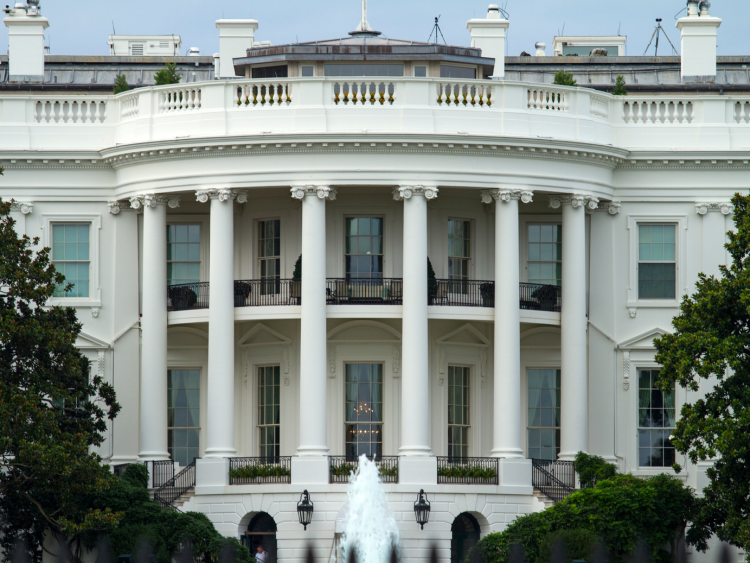Global Trade

May 12, 2025
Tariff time out: US and China pause punitive measures
Written by Nicholas Bell
The US and China have agreed to a 90-day pause in their escalating tariff war.
The tariff pause will lower the Trump administration’s reciprocal tariffs by 115% on US imports of Chinese goods, maintaining a 10% duty rate in addition to the 20% fentanyl-related tariff, while China’s drops its duty rate on US goods to 10% from 125%.
Since the aluminum market is subject to Section 232 tariffs of 25%, regardless of source, and which supersedes the 10% tariff, it would bring the effective tariff rate on aluminum products brought into the US from China to 45%.
Déjà vu?
With tariffs pared back, Chinese aluminum products may become more price-competitive in the US market again.
In 2024, China exported about 222,872 metric tons (t) of aluminum products to the US, dominated by plate, sheet, and strip (144,487t) and foil (63,444t).
These volumes were achieved despite the earlier punitive Section 301 tariffs of 25% under the President Biden. The previous administration also implemented Section 232 rates of 25% for aluminum labelled as a product of Mexico “containing aluminum for which the reported primary country of smelt, secondary country of smelt, or country of most recent cast is China”.
Tariff reprieve foiled
Downstream buyers – like service centers or packaging converters – might seize the chance to source Chinese rolled coil or foil at a lower cost. Some US importers could even rush orders to stock up before the pause potentially expires.
One major structural change since the 2024 import numbers were tallied is the Department of Commerce and International Trade Commission’s final affirmative determination of material injury and application of antidumping and countervailing duties on aluminum containers from China of at least 193.9%.
So, foil imports from China will likely be sidelined – even during the tariff pause.
Scrap stays in play
Aluminum scrap was never hit by Section 232 tariffs, but the traffic has always flowed one way. US traders have preferred shipping scrap to China, not the other way around.
US scrap dealers might start to look to overseas buyers again if domestic demand slackens. China only recently started to import aluminum scrap from the US again, the country brought in more than 80,000t from the US in 2024, the largest volume since 2020.
Still, China is nowhere near the level it once was when it bought 15%-30% of US exports. Thailand has sharply filled that void, while India and Malaysian have also significantly increased their share, too.
A test for supply chains
Ninety days is a short horizon in the aluminum business. Many supply contracts span quarters of full-year periods. Downstream players will be weighing whether cooperation is the beginning of a longer peace or just a brief respite.
If negotiations falter and tariffs snap back to prior levels after the summer, anyone who pivoted too heavily to Chinese sourcing or buyers could be caught out.
Either way, this tariff pause will be a test for the US downstream aluminum sector, everyone from scrap yards to sheet mills will be watching Chinese import volumes closely in the coming months.







